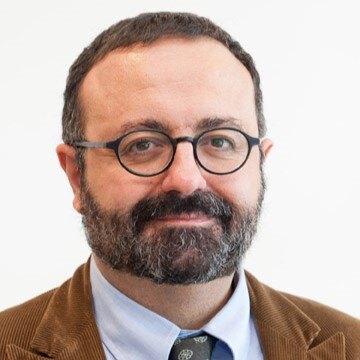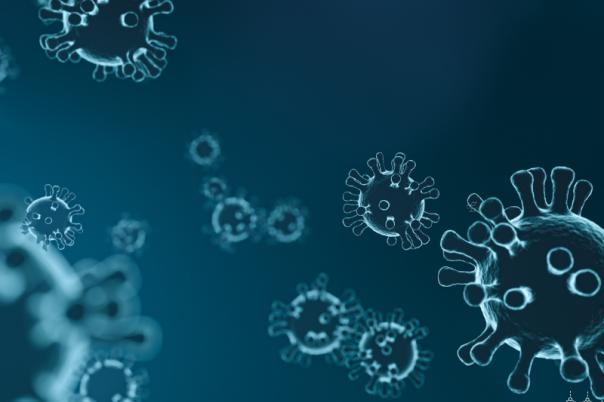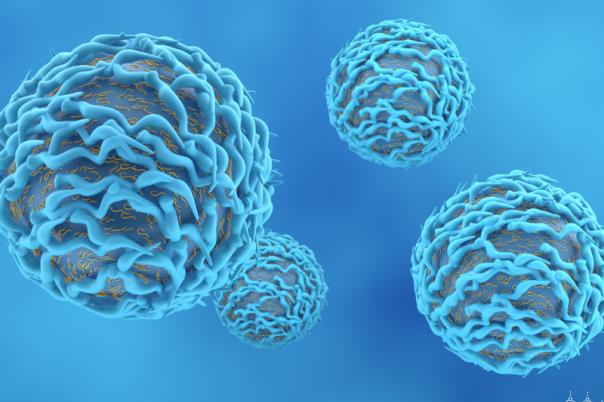Manuel Salto-Tellez, Professor and Group Leader at the Institute of Cancer Research discussed the necessity of multimodal analysis and its significance in enhancing the complexity of biomarkers for better diagnosis and treatment predictions in cancer. From the adoption of immunohistochemistry to the widespread use of genomic analysis and next-generation sequencing (NGS) technology, tissue pathology has undergone a drastic evolution over the last 50 years.
So, what is next? Recently scientists have made efforts to digitize pathology services and apply AI, but they are still trying to determine the precise value of AI applied to diagnostics. Salto-Tellez stated that although these technologies have improved patient outcomes, there is more to do since the number of patients benefitting from genomic analysis is still modest.
Perhaps the clue lies in translating discovery into clinical applicability. Translation occurs in several specific ways: discovering new drugs or treatment modalities, inventing new technologies, or generating new biomarkers with diagnostic or predictive value. Salto-Tellez introduced an example of how today’s biomarkers deal with complex biology. In immuno-oncology, the main goal is to understand the tumour microenvironment’s reaction with tumour cells which involves complex biology. Multiple tests like programmed cell death ligand 1 analysis, microsatellite instability, tumour mutational burden, and T cell response analysis were used.
Adding complexity to biomarkers could stem from direct digital analysis of images or integrating vast amounts of patient information into algorithms for better patient management. The promise of AI is being translated in many ways starting with pathology. For example, Salto-Tellez and his team analysed the market and found approximately 50 CE-IVD products helping pathologists analyse images with AI, and this number is expected to grow rapidly.
Microsatellite instability in cancer analysis using PCR, immunohistochemistry, or NGS has contributed to image analysis with explainable algorithms. A collaboration with Sonrai Analytics in Northern Ireland to develop a tool where pathologists indicate tumour areas, and the algorithm gave explainable results, representing an important step forward for digital pathology.
Salto-Tellez emphasised the importance of integrating various data sources, including genomic information, pathology images, and electronic patient records, to achieve a comprehensive diagnostic approach. Yet challenges like accessing hospital information in real-time, advancing computational technology, and accrediting multimodal tools remain.
The future of diagnostic technologies may not revolve around disruptive technology but around integrating existing information systems, like digital pathology images for comprehensive patient analysis. Overall, there has been a shift towards enhancing biomarker complexity and integrated diagnostics to better understand and treat cancer.





